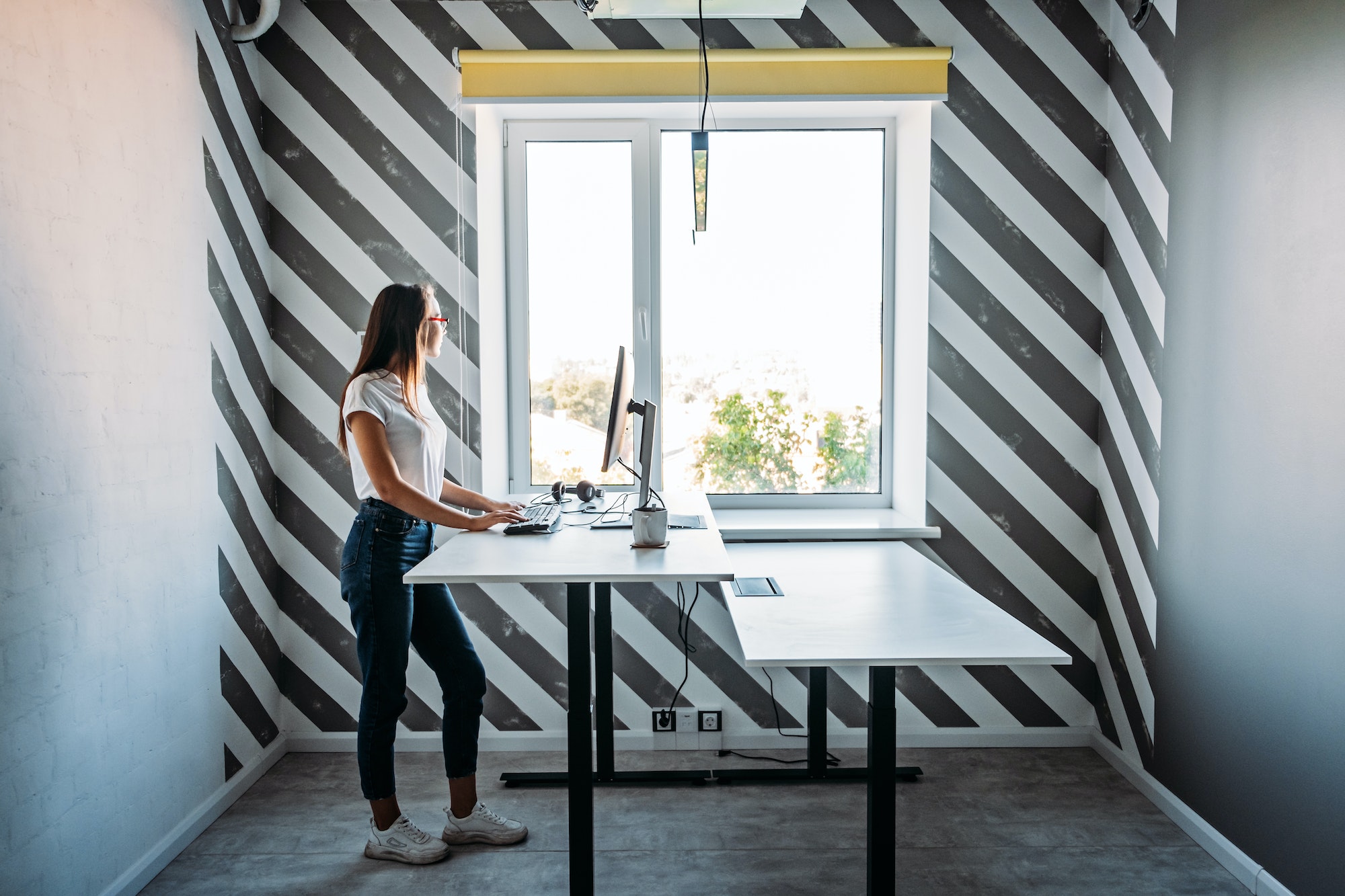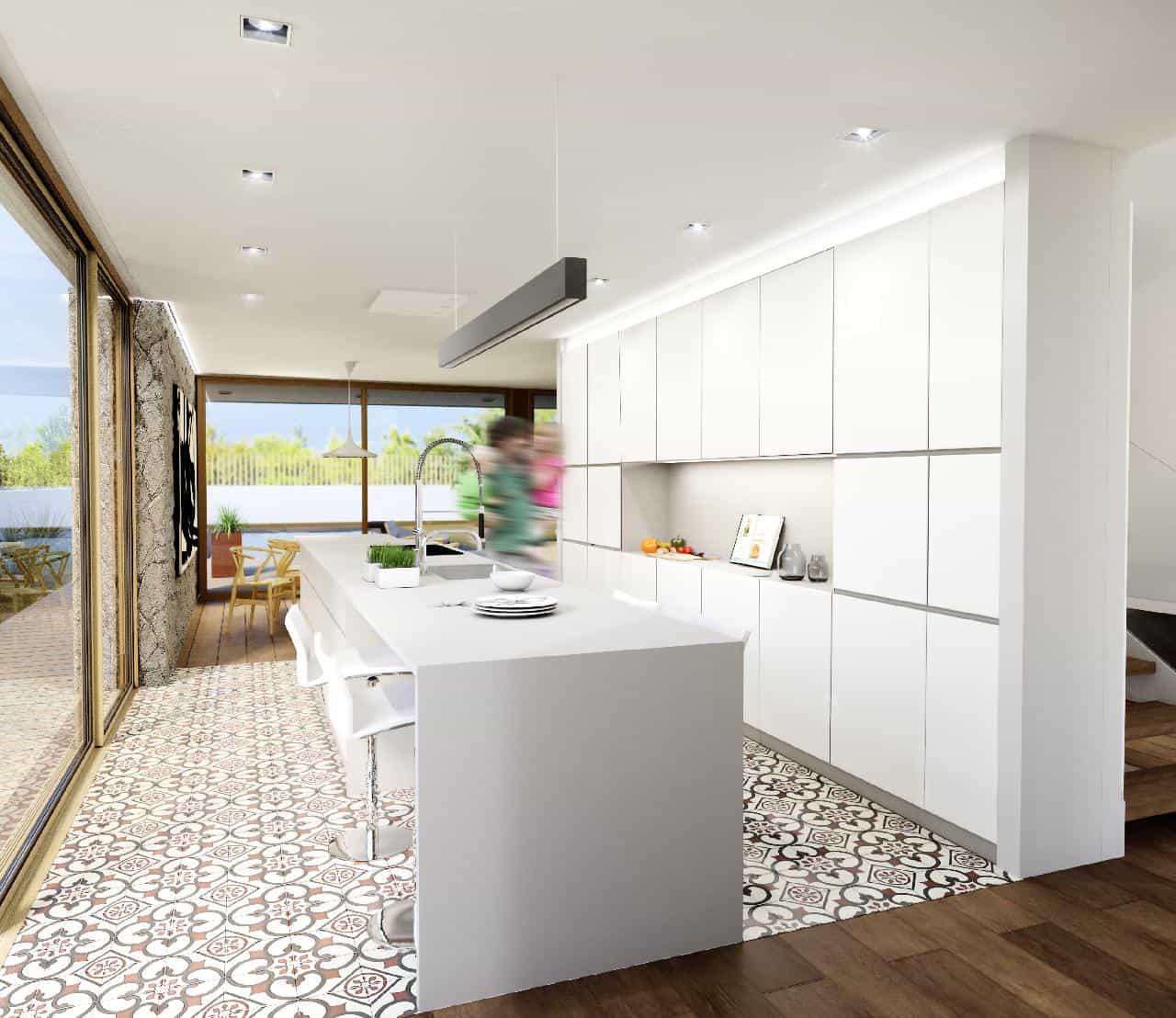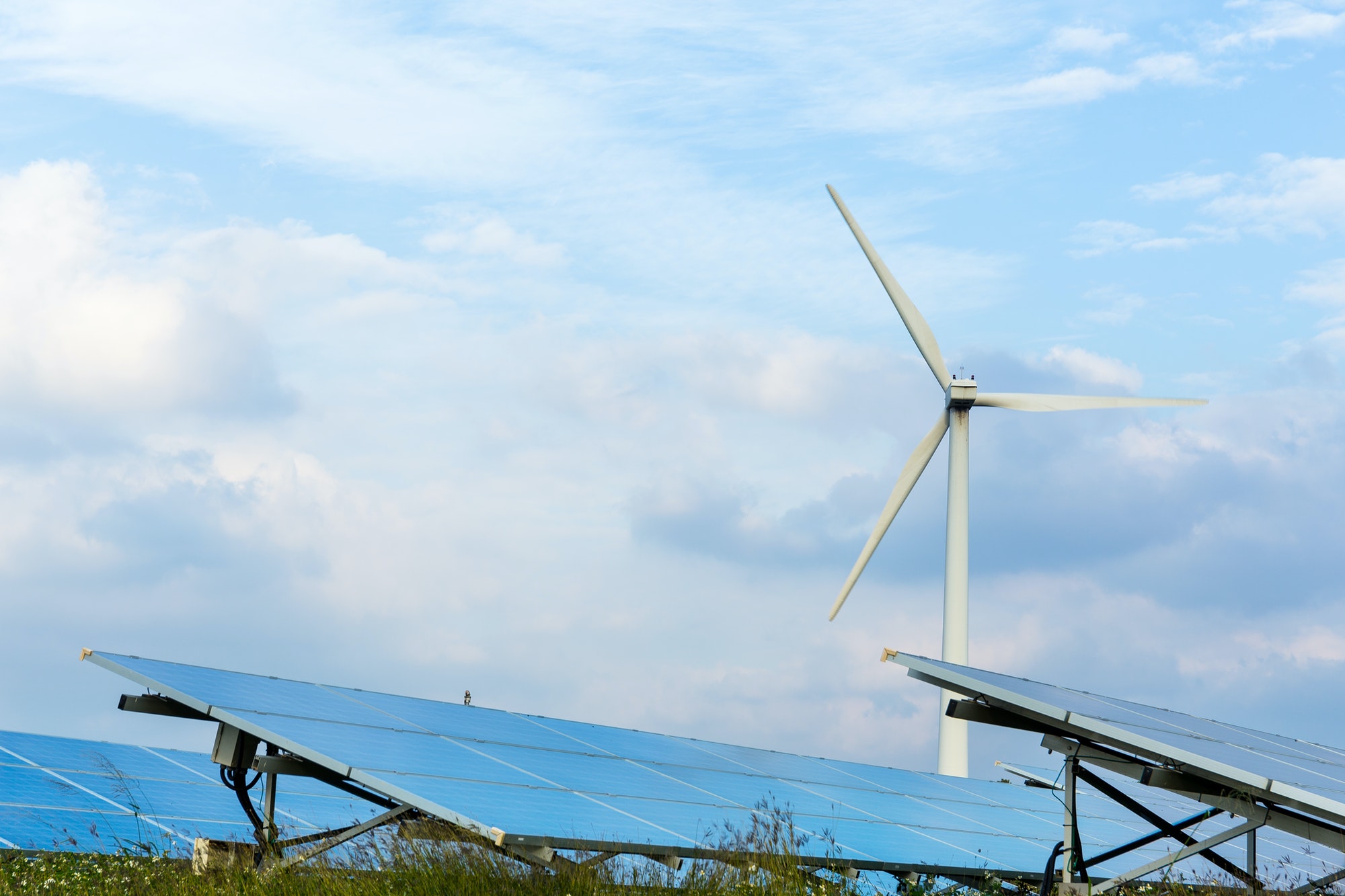Diving into the world of pool ownership can be as refreshing as a cool dip on a hot summer day. But beware, the waters of pool installation and maintenance are teeming with potential mistakes that can turn your aquatic paradise into a murky nightmare. From chemical imbalances to filtration fiascos, there are 66 common mistakes that can leave pool owners in deep water.
Let’s take the plunge and explore these pitfalls, shall we? We’ll navigate through the choppy seas of pool care, armed with knowledge and a splash of humor. After all, learning about pool maintenance doesn’t have to be as dry as a sun-baked pool deck. So grab your metaphorical floaties, and let’s dive into the deep end of pool wisdom!
Common Mistakes in Pool Installation and Maintenance
| Category | Installation Mistakes | Maintenance Mistakes |
|---|---|---|
| Planning | Ignoring local regulations | Skipping regular inspections |
| Design | Poor site selection | Neglecting aesthetic upkeep |
| Safety | Inadequate fencing | Ignoring safety equipment |
| Equipment | Undersized filtration system | Improper chemical storage |
| Water | Incorrect initial chemical balance | Inconsistent water testing |
Recent research from the Pool & Hot Tub Alliance indicates that proper pool maintenance can extend a pool’s lifespan by up to 15 years, while also reducing energy costs by up to 50%. This underscores the importance of avoiding common mistakes in pool care.
Here’s a list of 66 common mistakes in pool installation and maintenance:
1. Ignoring local building codes
Building a pool without proper permits can result in hefty fines and even forced removal. Always check local regulations before breaking ground.
2. Poor site selection
Choosing a location too close to trees or structures can lead to ongoing maintenance headaches. Consider sun exposure, accessibility, and potential obstacles.
3. Inadequate soil testing
Failing to assess soil conditions can lead to structural issues. Different soil types require different construction approaches.
4. Improper excavation
Digging too deep or not deep enough can affect pool stability and functionality. Precision is key in this crucial step.
5. Skimping on reinforcement
Using insufficient steel reinforcement can compromise the pool’s structural integrity. Don’t cut corners on this essential element.
6. Incorrect plumbing installation
Poorly installed plumbing can lead to leaks and inefficient water circulation. Ensure all connections are secure and properly sized.
7. Inadequate waterproofing
Failing to properly waterproof the pool shell can result in costly leaks. Use high-quality waterproofing materials and apply them meticulously.
8. Improper drainage
Poor drainage around the pool area can lead to water accumulation and potential damage. Ensure proper grading and install adequate drainage systems.
9. Choosing the wrong pool finish
Selecting a finish that’s not suitable for your climate or usage can lead to premature deterioration. Research your options thoroughly.
10. Overlooking lighting
Inadequate lighting can limit nighttime use and pose safety risks. Plan for both functional and aesthetic lighting.
11. Undersized filtration system
A filtration system that’s too small for your pool size will struggle to keep the water clean. Always opt for a system that exceeds your pool’s minimum requirements.
12. Improper chemical balance at startup
Getting the initial chemical balance wrong can lead to ongoing water quality issues. Follow professional guidelines for startup chemical treatment.
13. Neglecting safety features
Failing to install proper safety features like fences and alarms can be dangerous and illegal. Safety should always be a top priority.
14. Poor coping installation
Improperly installed coping can lead to water seepage and structural damage. Ensure it’s installed by experienced professionals.
15. Inadequate deck construction
A poorly constructed deck can be a safety hazard and detract from your pool’s aesthetics. Use quality materials and proper construction techniques.
16. Overlooking energy efficiency
Not considering energy-efficient equipment can lead to high operating costs. Invest in energy-efficient pumps, heaters, and lighting.
17. Improper skimmer placement
Poorly placed skimmers can result in inadequate water circulation. Position them strategically for optimal debris removal.
18. Neglecting winterization
Failing to properly winterize your pool can lead to damage from freezing temperatures. Follow a thorough winterization checklist.
19. Inconsistent water testing
Irregular water testing can lead to chemical imbalances and poor water quality. Test your water at least weekly during peak season.
20. Overusing chlorine
Too much chlorine can irritate skin and eyes and damage pool equipment. Follow recommended chlorine levels closely.
21. Neglecting pH balance
Improper pH levels can affect chlorine effectiveness and cause equipment corrosion. Maintain pH between 7.2 and 7.6.
22. Ignoring alkalinity levels
Low alkalinity can lead to pH fluctuations and surface etching. Keep total alkalinity between 80 and 120 ppm.
23. Overlooking calcium hardness
Improper calcium hardness can cause scaling or corrosion. Maintain levels between 200 and 400 ppm.
24. Inadequate brushing
Failing to regularly brush pool surfaces can lead to algae growth. Brush walls and floor at least weekly.
25. Improper vacuuming technique
Poor vacuuming can stir up debris instead of removing it. Move the vacuum slowly and methodically.
26. Neglecting the filter
Failing to clean or backwash the filter regularly can reduce its effectiveness. Follow manufacturer guidelines for maintenance.
27. Running the pump inefficiently
Running the pump 24/7 wastes energy. Aim for 8-12 hours of daily operation during peak season.
28. Ignoring water level
Letting water levels drop too low can damage the pump. Maintain water at mid-skimmer level.
29. Overlooking pool cover maintenance
Neglecting your pool cover can lead to tears and reduced effectiveness. Clean and inspect it regularly.
30. Improper chemical storage
Storing chemicals incorrectly can be dangerous and reduce their effectiveness. Keep them in a cool, dry place away from direct sunlight.
31. Mixing incompatible chemicals
Combining certain pool chemicals can create toxic gases. Never mix different types of chlorine or chlorine with acid.
32. Neglecting cyanuric acid levels
Too little cyanuric acid can lead to rapid chlorine loss, while too much can reduce chlorine effectiveness. Maintain levels between 30 and 50 ppm.
33. Ignoring metal content
High metal content can cause staining and discoloration. Use a metal sequestrant if levels are high.
34. Overlooking phosphate levels
High phosphate levels can promote algae growth. Use a phosphate remover if levels exceed 100 ppb.
35. Neglecting salt cell maintenance
Failing to clean salt cells regularly can reduce their efficiency. Clean them at least seasonally.
36. Improper shocking technique
Shocking the pool incorrectly can be ineffective or even harmful. Follow manufacturer instructions carefully.
37. Ignoring water clarity
Cloudy water can indicate underlying issues. Address clarity problems promptly.
38. Neglecting pool toys and accessories
Failing to clean and store pool toys properly can introduce contaminants. Clean them regularly and store them dry.
39. Overlooking pool deck maintenance
Neglecting the pool deck can lead to slip hazards and aesthetic issues. Clean and seal it regularly.
40. Ignoring equipment noises
Unusual noises from pool equipment can indicate problems. Investigate and address them promptly.
41. Neglecting pool lighting maintenance
Failing to maintain pool lights can lead to electrical hazards. Inspect and replace bulbs as needed.
42. Improper leaf removal
Letting leaves accumulate can stain surfaces and affect water quality. Remove them promptly with a leaf net or skimmer.
43. Neglecting ladder and handrail maintenance
Failing to maintain entry points can create safety hazards. Clean and inspect them regularly.
44. Ignoring pool surface wear
Overlooking surface deterioration can lead to more serious damage. Address chips, cracks, or wear promptly.
45. Improper use of algaecides
Overusing algaecides can lead to chemical imbalances. Use them as a preventive measure, not a cure-all.
46. Neglecting pump maintenance
Failing to maintain the pump can lead to inefficiency and breakdowns. Clean the pump basket regularly and inspect for leaks.
47. Improper heater maintenance
Neglecting heater maintenance can lead to inefficiency and costly repairs. Have it professionally serviced annually.
48. Ignoring water temperature
Letting water get too warm can promote algae growth. Maintain temperature between 78°F and 82°F for optimal comfort and cleanliness.
49. Overlooking pool paint maintenance
Neglecting painted surfaces can lead to peeling and chipping. Repaint when signs of wear appear.
50. Improper use of pool cleaners
Using automatic cleaners incorrectly can damage pool surfaces. Follow manufacturer instructions carefully.
51. Neglecting return jet direction
Improperly aimed return jets can create dead spots in circulation. Adjust them to create a circular flow.
52. Ignoring pool chemistry after heavy use
Failing to rebalance chemicals after parties or heavy use can lead to water quality issues. Test and adjust as needed.
53. Overlooking pool equipment calibration
Improperly calibrated equipment can give false readings. Calibrate testing equipment regularly.
54. Neglecting to shock after rainstorms
Failing to shock the pool after heavy rain can lead to contamination. Shock the pool after significant rainfall.
55. Improper use of pool flocculants
Using flocculants incorrectly can worsen water clarity. Follow instructions carefully and vacuum promptly.
56. Ignoring signs of leaks
Overlooking potential leaks can lead to significant water loss and damage. Investigate any unexplained water loss promptly.
57. Neglecting to balance chemicals before closing
Failing to properly balance chemicals before winterizing can lead to staining and equipment damage. Follow a thorough closing checklist.
58. Improper use of pool enzymes
Overusing enzyme products can interfere with other chemicals. Use as directed and not as a substitute for proper maintenance.
59. Ignoring the impact of sunscreen on water quality
Failing to account for sunscreen’s effect on water can lead to cloudy water and clogged filters. Encourage swimmers to shower before entering the pool.
60. Neglecting to clean the salt cell
Failing to clean the salt cell in saltwater pools can reduce chlorine production. Clean it at least seasonally or when indicated by the system.
61. Improper use of pool clarifiers
Using clarifiers incorrectly can worsen water clarity. Follow dosage instructions carefully and maintain proper filtration.
62. Ignoring the effects of rain on water balance
Failing to adjust chemicals after rainfall can lead to imbalances. Test and adjust water chemistry after significant rain.
63. Neglecting to clean the pool filter gauge
A dirty pressure gauge can give false readings. Clean it regularly for accurate pressure readings.
64. Improper handling of pool chemicals
Mishandling chemicals can be dangerous. Always wear protective gear and follow safety guidelines when handling pool chemicals.
65. Ignoring the importance of regular professional inspections
Skipping professional inspections can lead to overlooked issues. Have your pool professionally inspected at least annually.
66. Neglecting ongoing education about pool maintenance
Failing to stay informed about best practices can lead to outdated maintenance techniques. Regularly update your pool care knowledge.
Avoiding these common mistakes can help ensure your pool remains a source of joy rather than a bottomless pit of problems. Remember, a well-maintained pool is not just about crystal-clear water; it’s about creating a safe, enjoyable environment for family and friends to make lasting memories.
In conclusion, while this list may seem daunting, don’t let it dampen your enthusiasm for pool ownership. With proper care and attention, your pool can provide years of refreshing enjoyment. So, arm yourself with knowledge, stay vigilant in your maintenance routine, and don’t be afraid to seek professional help when needed. After all, a little effort goes a long way in keeping your aquatic oasis in tip-top shape
Discover more from Futurist Architecture
Subscribe to get the latest posts sent to your email.



